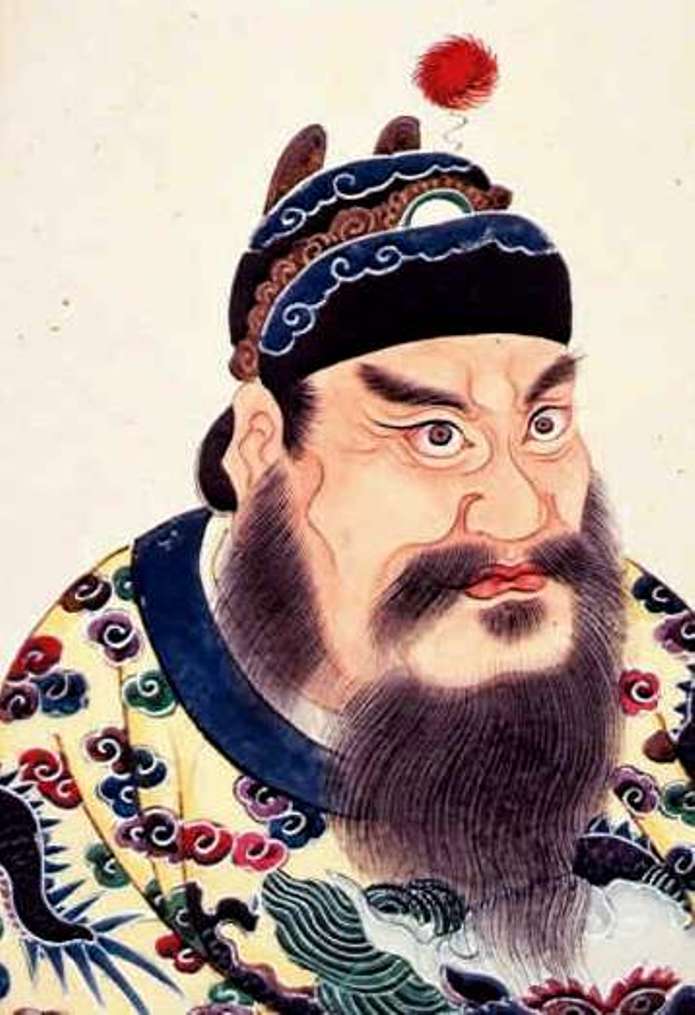Qin dynasty

Qin dynasty
The Qin dynasty, which lasted from 221 to 206 BCE, marked the beginning of Imperial China. This period is renowned for its remarkable cultural and administrative achievements, which laid the foundations for over two millennia of subsequent Chinese dynasties.
Originating from the state of Qin, a minor power under the Zhou dynasty, it rose to prominence under the leadership of Ying Zheng (Shi Huangdi), who declared himself the first emperor after unifying China. The Qin dynasty is notable for several revolutionary reforms, including the standardization of currency, weights, measures, and a uniform system of writing. These advancements facilitated commerce and helped unify the diverse cultures within the empire.
The Qin's military might and administrative efficiency were unmatched. They undertook colossal construction projects, employing hundreds of thousands of workers. The most notable of these is the Great Wall of China, initially built to protect the empire's northern borders. Another significant achievement was the national road system, enhancing communication and trade throughout the empire.
Art and architecture flourished during the Qin dynasty, with grandiose projects commissioned by Emperor Qin Shi Huang. The most famous of these is his mausoleum, guarded by the Terracotta Army, a stunning collection of life-size sculptures representing the emperor's forces. Today, these figures are celebrated worldwide, with several pieces exhibited in museums, offering a glimpse into the artistic prowess of the Qin era.
However, the Qin dynasty also had a darker side. Legalism, the prevailing philosophy, led to strict laws and harsh punishments. The emperor's desire for control resulted in the suppression of intellectual freedom, famously symbolized by the burning of books and the burial of scholars. Despite these oppressive measures, the Qin dynasty's impact on Chinese history is undeniable.
Although the Qin dynasty was short-lived, its influence extended far beyond its 15-year existence. The administrative and cultural foundations it laid down were vital in shaping the Han dynasty that followed and, by extension, the entire course of Chinese imperial history. The name 'China' itself is derived from 'Qin,' underscoring the dynasty's enduring legacy.
For art collectors and antiquities experts, the Qin dynasty offers a fascinating study. The Terracotta Army, in particular, is a testament to the dynasty's artistic and cultural sophistication. These sculptures not only reflect the military might of the Qin but also provide insight into the artistic styles and techniques of the era.
If you're captivated by the rich history and art of the Qin dynasty, sign up for our updates. We'll keep you informed about new product sales and auction events related to this remarkable period in Chinese history. Our community is a space for learning, discovery, and appreciation of one of China's most influential dynasties.
| Country: | Asia, China |
|---|---|
| Start of the period: | 221 BC |
| End of the period: | 206 |